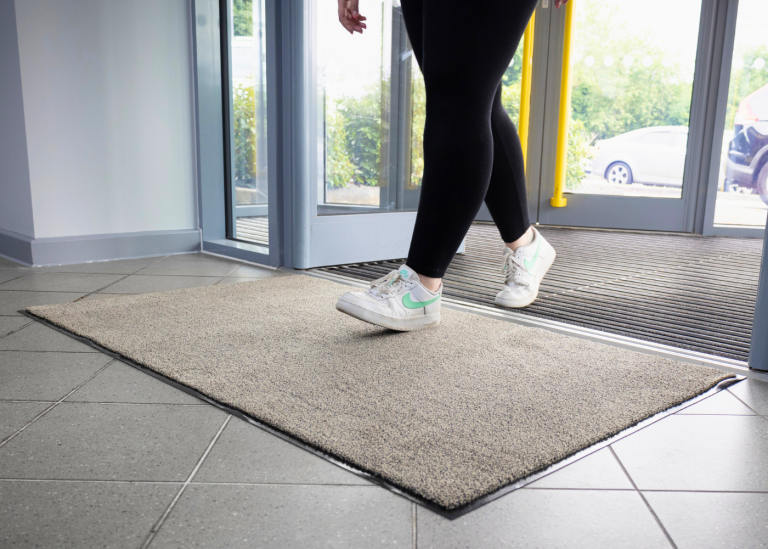
Understanding the Basics of Packing Materials
What Are Packing Materials?
Packing materials encompass a diverse array of products used to protect and preserve items during shipping and storage. These materials play a critical role in ensuring that goods arrive at their destination without damage. The primary function of packing materials is not merely to fill space but to cushion, stabilize, and safeguard items against external forces such as impact, vibration, and moisture. Effective packing materials can also contribute to the overall organization of items, simplifying the handling and logistics process.
Types of Packing Materials Available
Choosing the right packing materials is crucial for successful shipping. Below are some common types of packing materials:
- Bubble Wrap: Ideal for cushioning fragile items and preventing shock damage.
- Foam Peanuts: Lightweight, loose-fill materials that fill voids in shipping boxes, providing protection against movement.
- Cardboard Boxes: The standard for many shipping needs, available in various sizes and strengths.
- Paper and Tissue Paper: Used for wrapping and cushioning items, tissue paper can also provide an aesthetic finish to packaging.
- Stretch Film: A plastic film used to tightly wrap goods for protection; useful for bundling multiple items together.
- Packing Tape: Essential for sealing boxes and ensuring they stay securely closed during transportation.
- Corrugated Sheets: Often used to separate layers of goods and provide additional cushioning and protection.
Why Quality Matters in Packing Materials
The quality of packing materials significantly impacts the safety and integrity of the items being shipped. High-quality materials can reduce the chances of damage and ensure that goods arrive intact. Here are some reasons why quality matters:
- Protection: Superior materials offer enhanced protective features, such as thicker layers or advanced cushioning, which can absorb impact more effectively.
- Cost-Effectiveness: Investing in quality packing materials can prevent loss from damages, ultimately saving money in refunds and replacements.
- Professionalism: The appearance and sturdiness of packing reflect on the sender. High-quality materials signal professionalism to recipients.
- Environmental Impact: Quality materials often mean more sustainable options that are recyclable or biodegradable, reducing the ecological footprint of shipping.
Choosing the Right Packing Materials for Your Shipment
Assessing Your Packing Needs
Before selecting packing materials, it’s critical to assess the specific needs of your shipment. Consider the following factors:
- Type of Items: Fragile, heavy, or oddly shaped items may require specialized packing solutions.
- Distance and Duration: Longer shipping distances might necessitate more robust packing to withstand multiple handling processes.
- Environmental Conditions: If items will be exposed to moisture or extreme temperatures, moist-repellent and durable materials are essential.
- Weight Limitations: Ensure that the combined weight of the packing materials and the items themselves adheres to shipping guidelines.
Common Packing Material Misconceptions
Despite the vast knowledge available on packing materials, several misconceptions persist. Addressing these can lead to better decision-making:
- More Materials Equals Better Protection: While cushioning is important, overpacking can lead to increased shipping costs without proportional benefits.
- All Boxes Are the Same: Not all cardboard is created equal; there are various grades, strengths, and types tailored for specific shipping needs.
- Bubble Wrap Is Always Necessary: For some items, plain cardboard or crumpled paper may provide adequate protection without the need for bubble wrap.
How to Size Packing Materials for Your Items
Getting the right fit is crucial for efficient packing. Here are some tips to size packing materials appropriately:
- Measure Items: Always measure the dimensions of your items, including height, width, and depth.
- Select the Right Box Size: Choose a box that provides around 2-3 inches of space around the item for cushioning materials.
- Use Dividers for Multiple Items: If shipping multiple items in one box, consider using cardboard dividers to keep them separated.
Best Practices for Using Packing Materials
Techniques for Efficient Packing
Efficient packing can save time and resources. Here are some techniques to pack efficiently:
- Plan Ahead: Prepare packing materials and items at least a day before shipping to avoid last-minute mistakes.
- Layering: Start with a layer of cushioning at the bottom, place the item/s carefully, and pad up around all sides.
- Securing Items: Make sure to immobilize objects within their packing to prevent movement during transit.
How to Secure Your Packages Properly
Properly securing packages is critical to avoid damage during shipment. Follow these guidelines to ensure robust packing:
- Use Quality Tape: Employ strong packing tape to seal boxes; avoid using flimsy tape, as it can lead to box openings.
- Double Box Sensitive Items: For fragile items, double boxing can provide additional security and a cushion against impacts.
- Label Clearly: Use clear, concise labeling and marking such as “Fragile” or “Handle With Care” to reduce the risk of mishandling.
Environmental Considerations in Packing Materials
As sustainability becomes increasingly important, consider environmental implications when choosing packing materials. Here are some points to consider:
- Recyclability: Opt for materials that can be recycled after use, reducing landfill waste.
- Biodegradable Options: Explore biodegradable packing peanuts and other eco-friendly materials that break down naturally.
- Reduced Material Use: Innovate on packing strategies that minimize material use, such as hybrid packing, which combines materials for maximum efficiency.
Cost-Effective Solutions for Packing Materials
Where to Buy Quality Packing Materials
Identifying reliable sources for packing materials ensures you receive quality products at competitive prices. Consider these options:
- Local Stores: Hardware stores and office supply shops often carry a variety of packing materials.
- Online Retailers: Websites like Amazon provide a wide range of packing options, often with customer reviews for informed choices.
- Wholesale Suppliers: Look for suppliers that offer bulk discounts on packing materials for larger businesses or frequent shippers.
- Packing Materials from Trusted Providers: Working with established shipping outlets, such as The UPS Store, can ensure quality and convenience.
Bulk Purchasing Benefits
Purchasing packing materials in bulk can offer significant financial benefits. Here’s why:
- Cost Savings: Bulk orders generally reduce the per-unit price of materials.
- Consistent Supply: Having an abundant inventory allows for seamless packing without interruptions.
- Less Frequent Reordering: Bulk purchasing minimizes the administrative burden of frequent orders.
DIY Alternatives to Standard Packing Materials
If you’re looking for environmentally friendly and cost-effective options, consider the following DIY alternatives:
- Old Newspapers: Crumbled newspaper can be a good substitute for packing peanuts or bubble wrap.
- Clothing and Linens: Use old towels or clothing for wrapping fragile items to reduce waste and provide cushioning.
- Toilet Paper Rolls: These can be cut down and used to protect the corners of fragile items, doubling as fun protective padding.
Future Trends in Packing Materials
Innovative Sustainable Packing Solutions
The landscape of packing materials is evolving rapidly, with a clear focus on sustainability. Among innovative solutions are:
- Mycelium Packaging: Made from mushroom roots, this biodegradable material presents an eco-friendly alternative to styrofoam.
- Plant-Based Plastics: Derived from renewable resources, these can replace traditional plastic packing materials while providing similar effectiveness.
- Water-Soluble Packaging: This innovative packaging dissolves in water, making it an exceptional eco-friendly option.
The Rise of Eco-Friendly Packing Materials
Consumer demand for sustainable practices is driving the increase of eco-friendly packing materials. Some examples include:
- Recyclable Boxes: Made from recycled content and designed for future recyclability.
- Compostable Packaging: These materials break down into non-toxic components, enriching soil health.
- Minimalist Packing: Encouraging brands to reduce excess packaging that contributes to waste.
How Technology is Changing Packing Materials
Advancements in technology are ushering in a new era of packing materials. Innovations include:
- Smart Packaging: Integrated with sensors to monitor shipping conditions, alerting customers to issues like temperature or shocks.
- Automated Packing Solutions: Robotics and AI streamline the packing process, increasing efficiency and reducing human error.
- 3D Printing: Allows for on-demand packing material production tailored to specific items, reducing waste and storage needs.






